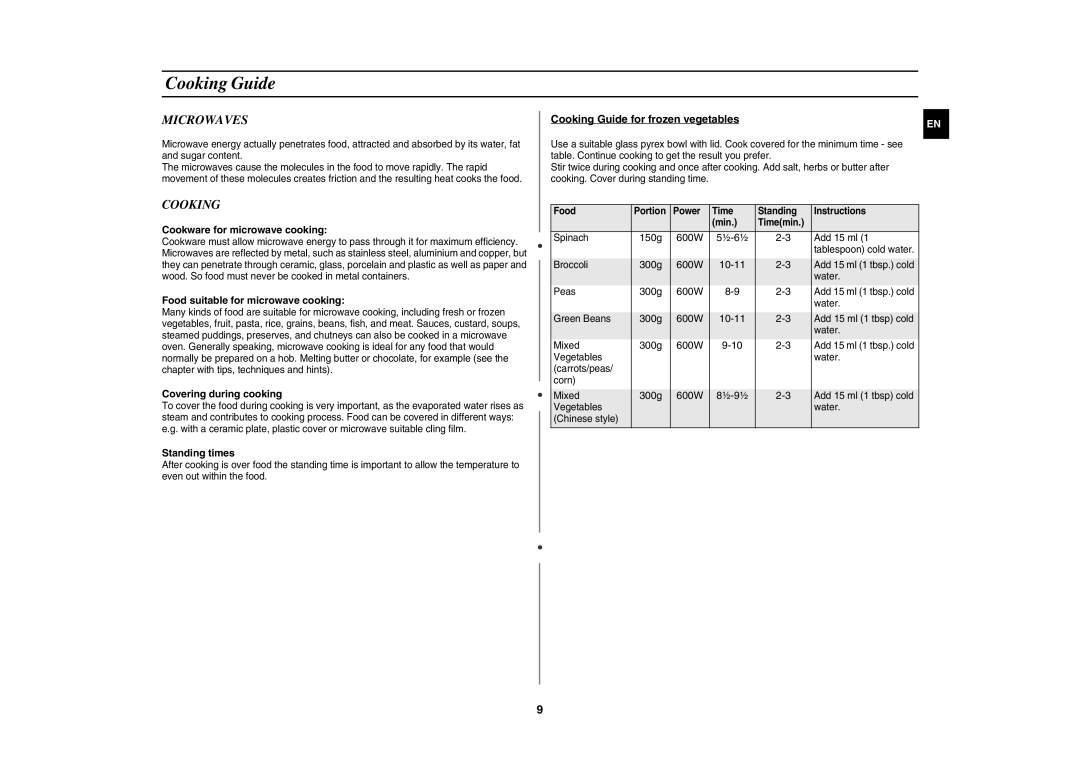GW71C-S/XEH, GW71C/XEH specifications
The Samsung GW71C series, which includes the GW71C/XEH, GW71C/BOL, and GW71C-S/XEH, represents a significant advancement in the realm of home appliances, particularly in the refrigerator segment. Samsung has long been known for its innovative technology and commitment to quality, and the GW71C range is no exception.One of the standout features of the GW71C series is its advanced cooling technology. Samsung employs a Twin Cooling Plus system that utilizes two separate cooling systems for the refrigerator and freezer compartments. This design helps to maintain optimal humidity levels, preventing odor transfer between compartments while keeping food fresh for extended periods. The digital inverter compressor adapts its cooling intensity based on the amount of food stored, enhancing energy efficiency and reducing noise levels.
The design of the GW71C series combines aesthetic appeal with functionality. With a modern stainless-steel finish, these refrigerators are not only stylish but also resistant to fingerprints, allowing for easy maintenance. The spacious interior is equipped with adjustable shelves and multi-storage options, providing flexibility to accommodate various food items. This means users can customize their storage space according to their needs, whether it’s large party platters or daily grocery items.
Another remarkable feature is the smart technology integration in the GW71C series. Compatible with Samsung's SmartThings app, users can monitor and control their refrigerator remotely. This feature allows users to adjust temperatures, receive alerts about door openings, and even track food expiration dates, enhancing convenience in everyday life.
Energy efficiency is a crucial characteristic of the GW71C models, which are designed to comply with modern energy standards. This not only benefits the environment but also leads to cost savings on electricity bills. Additionally, the eco-friendly refrigerants used in these units contribute to reduced environmental impact.
In summary, the Samsung GW71C series — including the GW71C/XEH, GW71C/BOL, and GW71C-S/XEH — is characterized by its advanced cooling technology, stylish design, smart connectivity, and energy efficiency. These refrigerators meet the needs of contemporary households, blending innovation with practicality to enhance the overall food storage experience. With these models, Samsung continues to deliver on its promise of high-quality appliances that simplify and improve everyday life.

